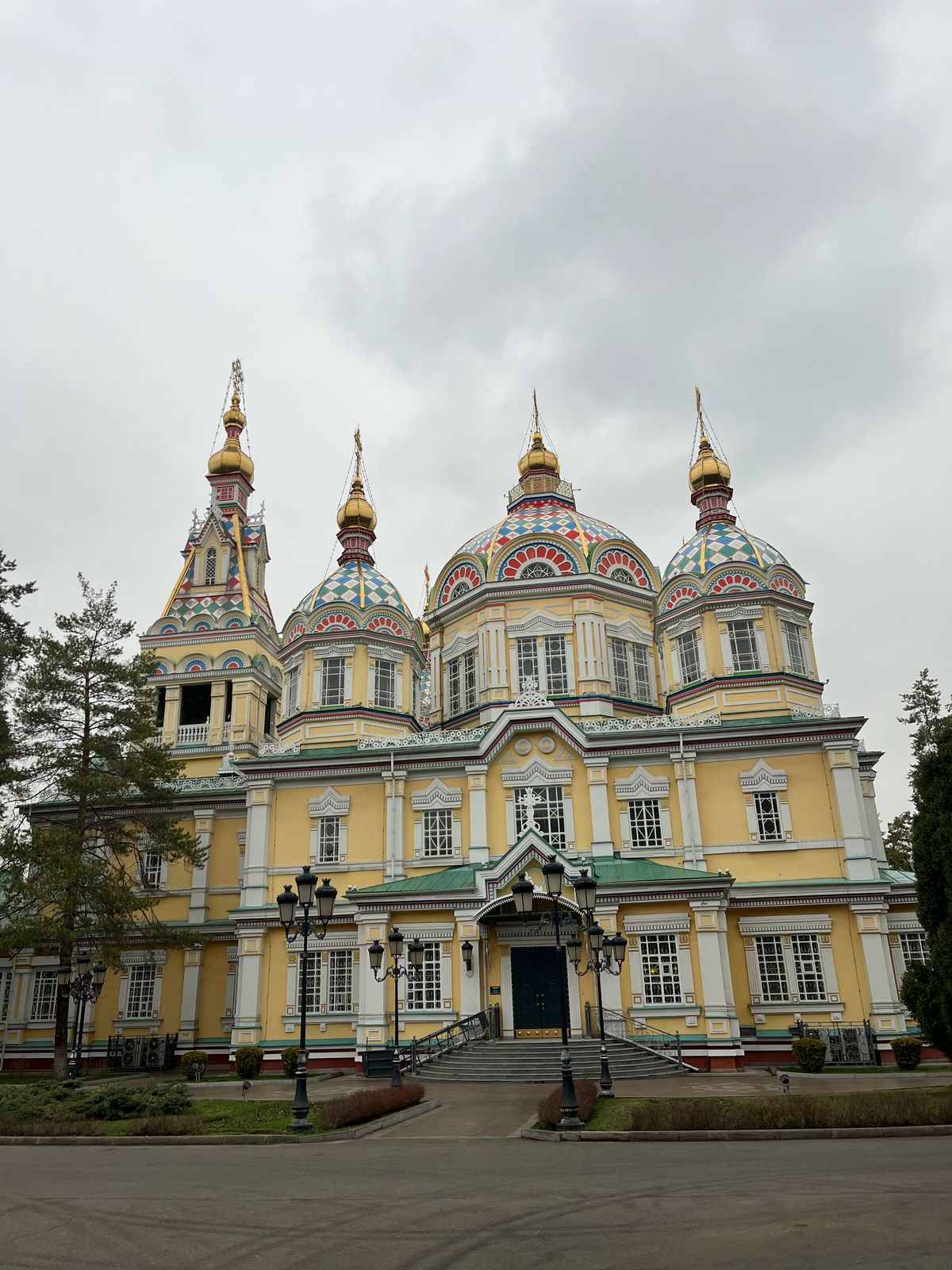Heavy rain in Gurgaon changes the rhythm of the city almost instantly. Roads that otherwise carry a steady flow of traffic get submerged, and underpasses turn into small ponds within hours. The drainage infrastructure seems unable to cope with even a few hours of downpour, leading to long traffic jams and flooded colonies. Each monsoon shows how quickly urban spaces can reach a breaking point when natural forces test the systems meant to keep them functional.
The sight of vehicles half-submerged on key roads has become familiar, and people often share images of office workers wading through knee-deep water. For a city that represents modern corporate India, these episodes underline how infrastructure development has not kept pace with population density and construction. Gurgaon has expanded rapidly with glass towers, gated communities, and malls, but the basic need for proper drainage is still unmet. Rain simply exposes this imbalance more sharply than any other event.
It is also striking how predictable this disruption has become. Residents know which stretches will flood, which basements will get waterlogged, and how long it will take for traffic to move again. Yet year after year, the problem repeats itself with no long-term solution in sight. The difference between promise and delivery in urban planning is most visible during these heavy showers. At the same time, people adapt, reroute, and continue with their routines, showing how resilience fills the gaps left by inadequate systems.
The flooding is not just an inconvenience for commuters but also affects daily life in residential areas. Water often enters ground floors, lifts stop functioning, and basic movement becomes difficult. Some societies have invested in temporary solutions such as pumps, but those are reactive measures. The larger question is how a city that serves as a hub for finance and technology still struggles with water management. The contrast between ambition and execution grows sharper with every season.
Every time it rains like this, I am reminded that Gurgaon is a city built on aspiration but stretched by reality. The ambition to build a modern hub was clear, but the foundations were not laid with equal attention. Until water drainage and city planning are addressed with seriousness, rain will continue to reveal these cracks. For now, each heavy shower is a reminder of both the potential and the limitations of living in Gurgaon.



